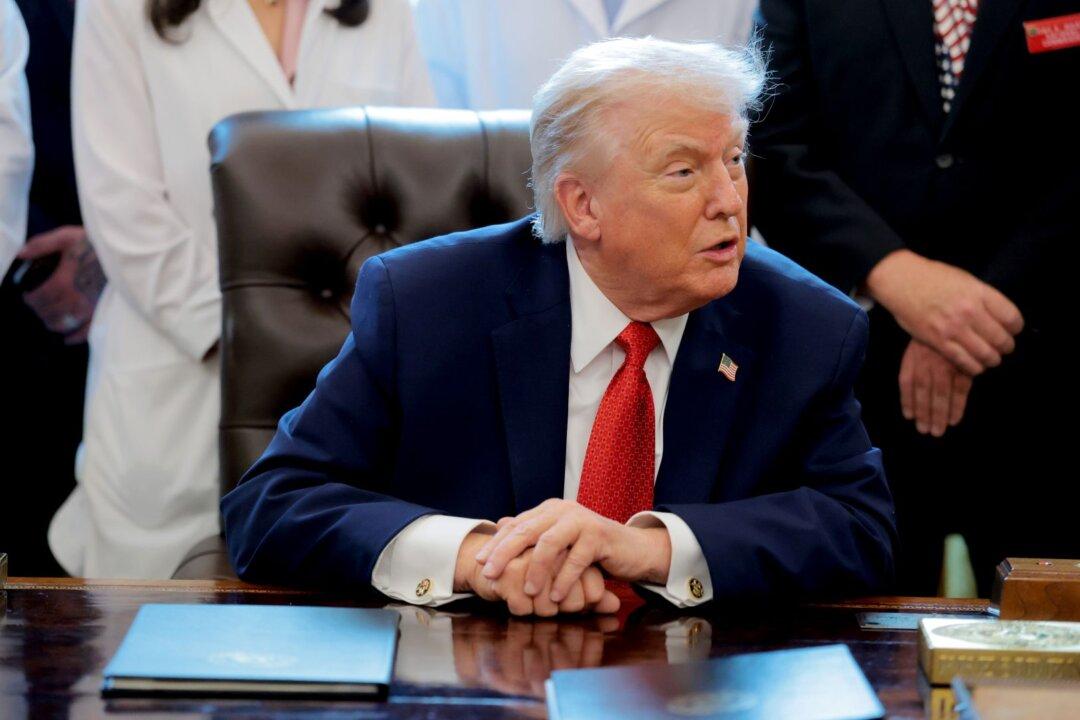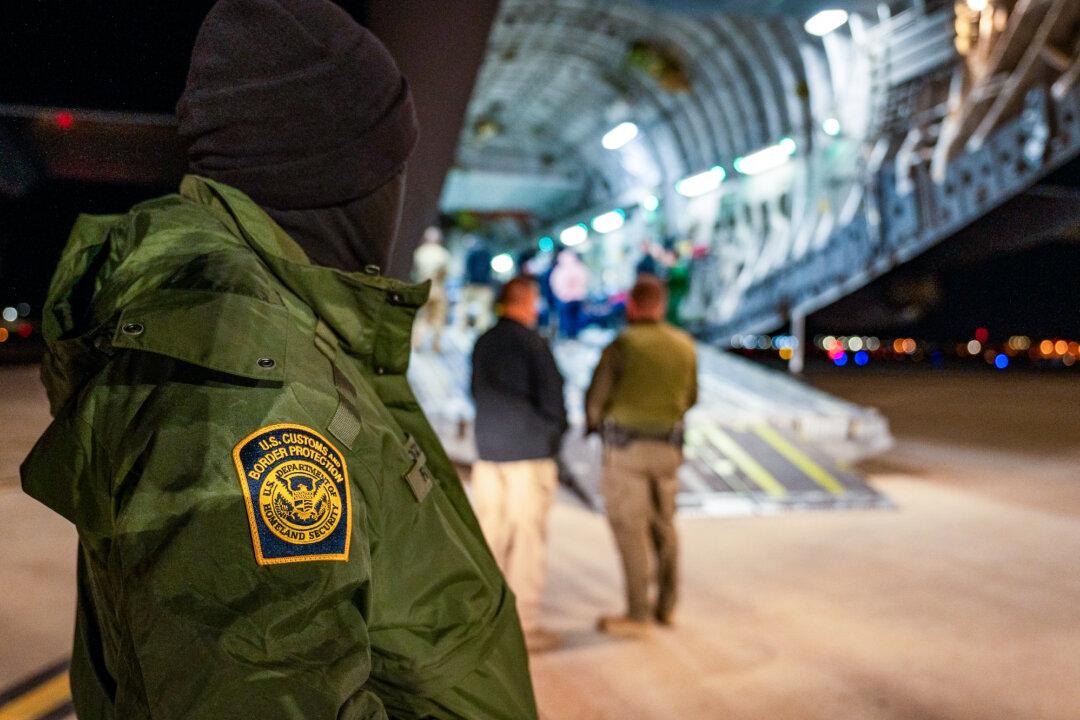A writer who exposed the deaths of millions of Chinese people during the Great Leap Forward says the Chinese Communist Party has released more and more documents detailing the bloodshed and famine.
Tens of millions of people died during the Great Leap Forward, former Chinese Communist Party leader Mao Zedong’s pet project from 1958 to 1962—when he thought he could divert rural Chinese farm workers into mass collectives.





